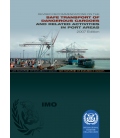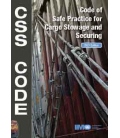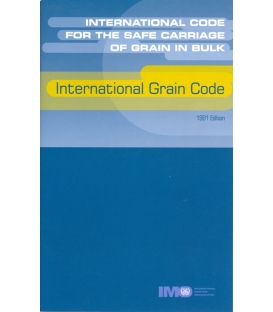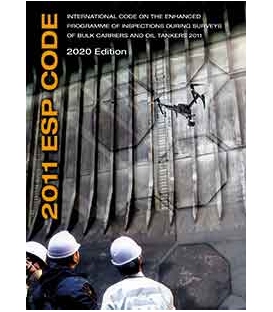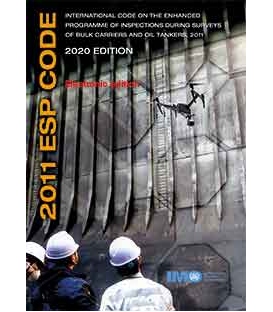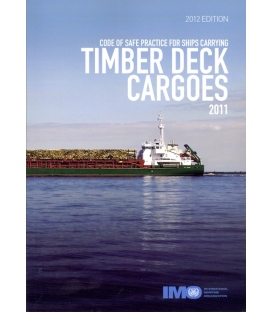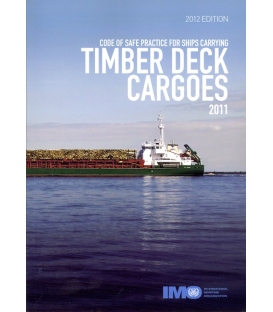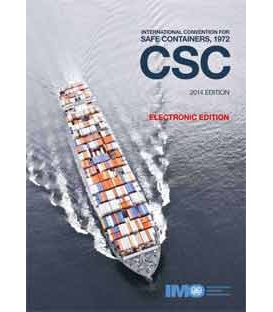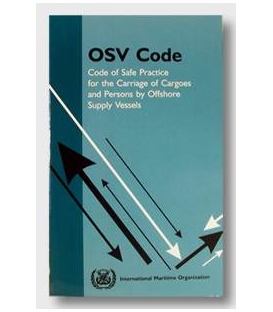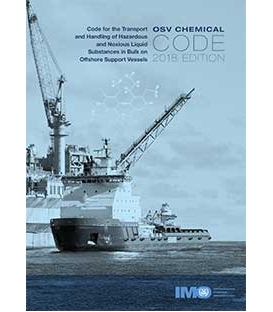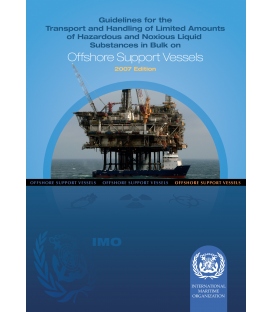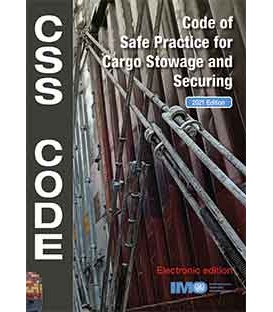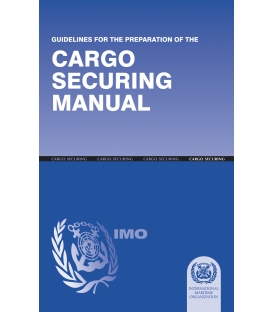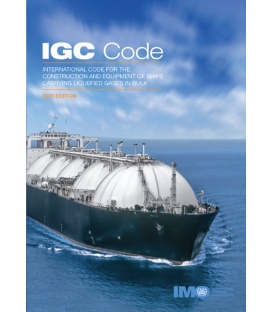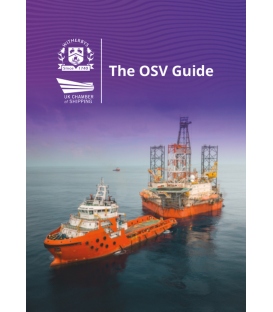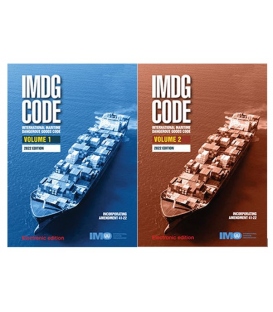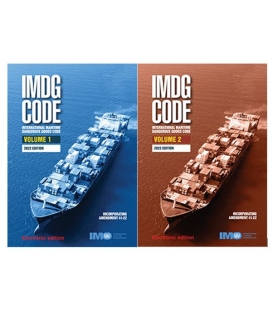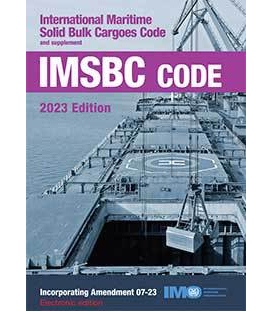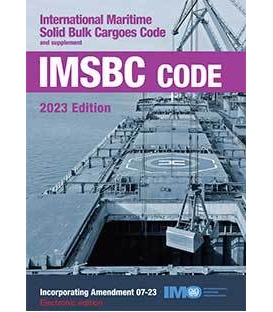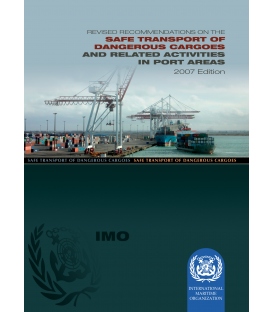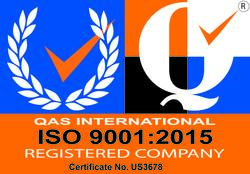

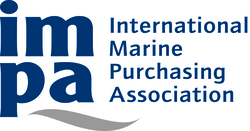
Sign up for our Newsletter
IMO e-Reader KB290E Recommendations of Dangerous Goods in Port Areas, 2007 Edition
e-Reader: An IMO Publishing e-reader file is fully bookmarked, indexed and presented in ebk file format which is viewed using the free IMO Bookshelf software.
*** Macs, iPhone, iOS and Android phones are not supported.
*** There are no refunds or exchanges on e-Books or e-Readers!
IMO e-Reader KB290E Recommendations of Dangerous Goods in Port Areas, 2007 Edition
This e-reader file is in EBK format and requires the downloading of our free e-reader software called the 'IMO Bookshelf' to view the file. Once you have purchased this title you must go to 'My Account / Downloads' and then 'E-books, E-reader files & Subscriptions'. You will then be transferred to our Virtual Publications site where you can click on the product hyperlink and follow 3 easy steps to access your title.
For detailed instruction please copy and paste this link http://www.imo.org/Publications/Documents/FAQ/E-reader_instructions_page.pdf. Please be aware that the e-reader software and any purchased titles are locked to a single computer. Only 75% of the text can be printed per day and it cannot be printed as a pdf.The e-reader software is for Windows use and MAC users need to use a Windows emulator (eg Boot Camp or Parallels Desktop) in order to view the files.
A Recommendation on Safe Practice of Dangerous Goods in Ports and Harbours was first circulated by the Organization in November 1973. The subsequent development of new techniques in shore and ship operations, as well as the desirability of having more comprehensive recommendations which included dangerous goods in packaged form, liquid and solid dangerous substances and liquefied gas carried in bulk, made it necessary to revise and update the Recommendation. The Recommendation, which was originally adopted as resolution A.289(VIII), has been revised on several occasions and circulated as MSC/Circ.299 (12 February 1981), MSC/Circ.299/Add.1 (8 July 1983) and MSC/Circ.675 (30 January 1995). The 1995 edition of the Recommendations included necessary updates and some novel features, the most important of which was guidance for the implementation of the Recommendations by those Member States which were in the process of developing the regulation of the transport of dangerous goods and related activities in their ports. In 1996, the Maritime Safety Committee agreed that the IMDG Code should be reformatted in a style consistent with the format of the UN Model Regulations with the intention of enhancing user-friendliness, compliance with the regulations and the safe transport of dangerous goods. At its seventy-fifth session in May 2002, the Maritime Safety Committee confirmed its earlier decision to make the IMDG Code mandatory in international law. Thus, IMDG Code Amendment 31 became mandatory on 1 January 2004 without any transitional period under the umbrella of chapters VI and VII of SOLAS 74, as amended. The Recommendations are aligned with relevant IMO codes and the IMDG Code in particular. It is considered essential to harmonize the rules within the port area with the ship in order to ensure smooth operations and to avoid misunderstandings between ship and shore. The Recommendations make a distinction between keeping and storage. Dangerous cargoes temporarily in the port area as part of the transport chain are not considered as being stored as their presence is solely concerned with awaiting loading onto and further onward movement by another mode of transport. Because this is an operation covered by the Recommendations, the term "keeping" is included in the overall definition of handling. Storage, which involves the holding of substances for an indeterminate period not directly involved with the transportation process, is considered to be outside the scope of these Recommendations and has been excluded from the definitions. Regulatory authorities may wish to regulate the storage of such substances but that would be achieved by other regulations unconnected with the transportation process. For the purpose of these Recommendations the term "cargo interests" refers to those organizations which can be involved with the dangerous cargoes even before such cargoes reach the port area and a ship, and also includes consignors (shippers), packers, those concerned with documentation, consolidators and forwarding agents. Experience has shown that this group has a crucial role to play in the safe transport of dangerous cargoes and that the Recommendations should also apply to them. It is important to draw to the attention of the users of these Recommendations that the term #dangerous cargo# comprises oils, noxious liquid chemicals and gases carried in bulk, solid bulk materials possessing chemical hazards, solid bulk materials hazardous only in bulk, harmful substances in packaged form (covered by Annex III of MARPOL 73/78) as well as dangerous goods in packaged form (covered by the IMDG Code). Throughout the Recommendations the terms defined in chapter 2 have been highlighted in bold italic type. A non-exhaustive glossary of relevance to the handling of dangerous cargoes is given in appendix 1 to this publication.



